Creative Direction
Video Production
Photography
Design
Marketing/PR
Ongoing
Tell people you’re building a yurt, and they will immediately envision a rustic interior akin to a primitive log cabin. I designed a contemporary-styled yurt with modern furnishings, a subdued color palette and a round, plant-covered loft that had never been built in a yurt before.
While the exterior yurt structure was built in a long weekend with the help of our closest friends, the rest of the interior was painstakingly assembled over the following six months. The entire process was documented by a rag-tag group of videographers and photographers which included Jason Rayne, Octave Zangs, Jory Block and myself.
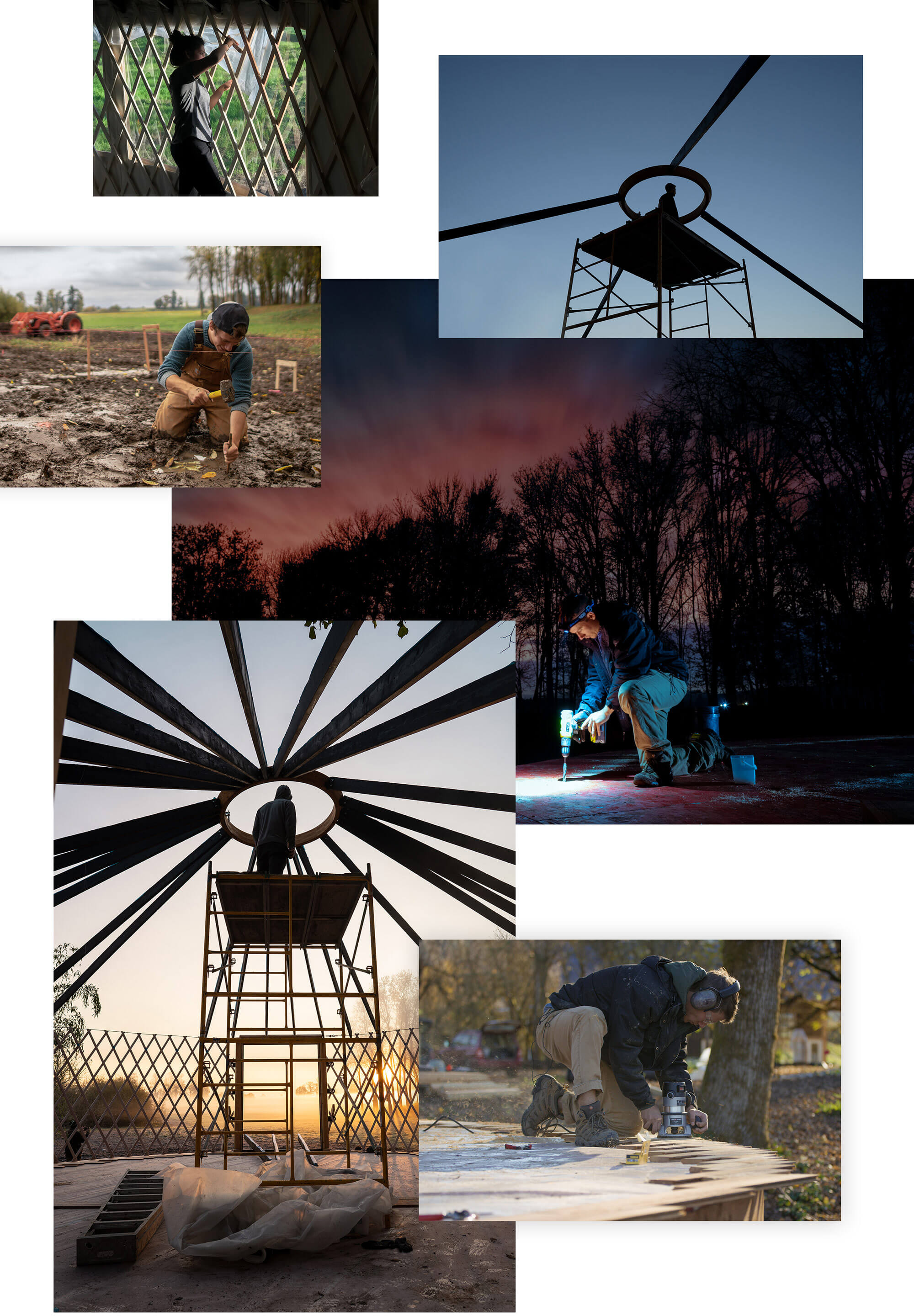
Once the paint dried and the sawdust cleared, we spent the following months enjoying our hard work and sharing the space with friends. Photos of the final space were taken by Bryan Aulick. Art direction and post processing was done by myself.
A new build meant a new online build guide. I took what I learned from the analytics and feedback of The Vanual to improve the site's design. I introduced new mobile-friendly features, an FAQ, gallery and multi-faceted resource section included on every page.
To accompany the build guide, I self-produced a 4 part series detailing the construction process. The video series was made on a shoestring budget of around $2k and the final videos totaling 45 minutes were edited by myself in a month.
Using many of the same press connections I made with The Vanual, I pitched the project to quite a few outlets using the press kit I developed. I also put additional effort in securing placements on popular social pages and Youtube channels.
View Press Kit
Most of the outlets that previously reported on The Vanual also picked up the Do It Yurtself story. The project was featured in several design-focused books and magazines. But to my surprise, the most effective marketing was being featured on the Living Big youtube channel. Its a surreal experience to have people approach you on the street, in a bar and at work telling you they've seen your yurt on Youtube!

During my van build process, I decided to compile lessons learned into one succinct resource. I made preliminary plans for a self-published book. I brainstormed ideas for a video series. However, at the end of the day, I always returned to the idea of building a well-designed website that would be as informative as it was accessible. I'd call it The Vanual.
Pulling influences from contemporary architecture, this mobile studio was methodically designed and built over a period of six months. And with no previous carpentry or interior design experience, learning opportunities were abound.
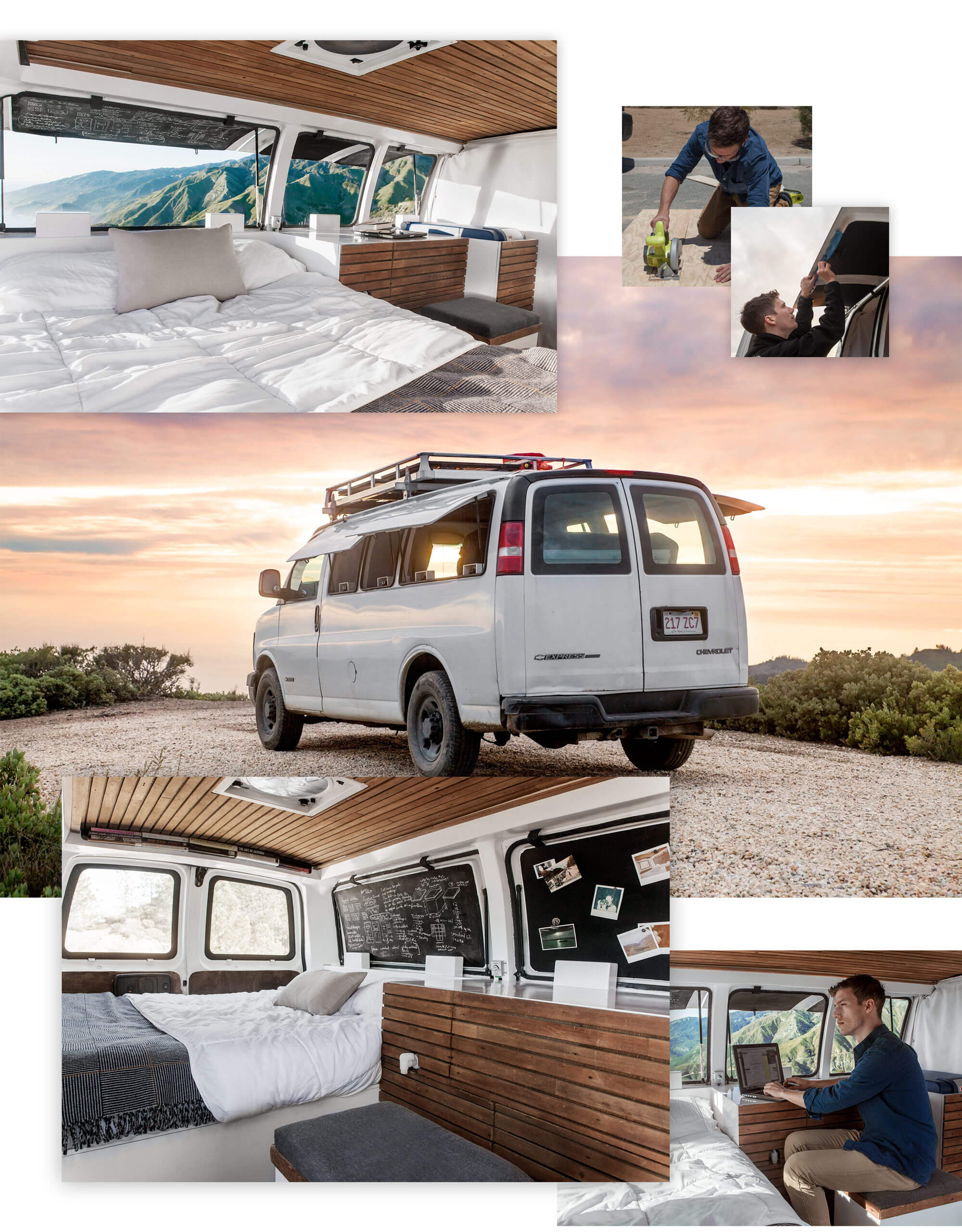
I wanted the Vanual to stand out from the cookie cutter sites we've all been accustomed to. Mockups were made. Pixels were pushed. Big UX questions were asked.
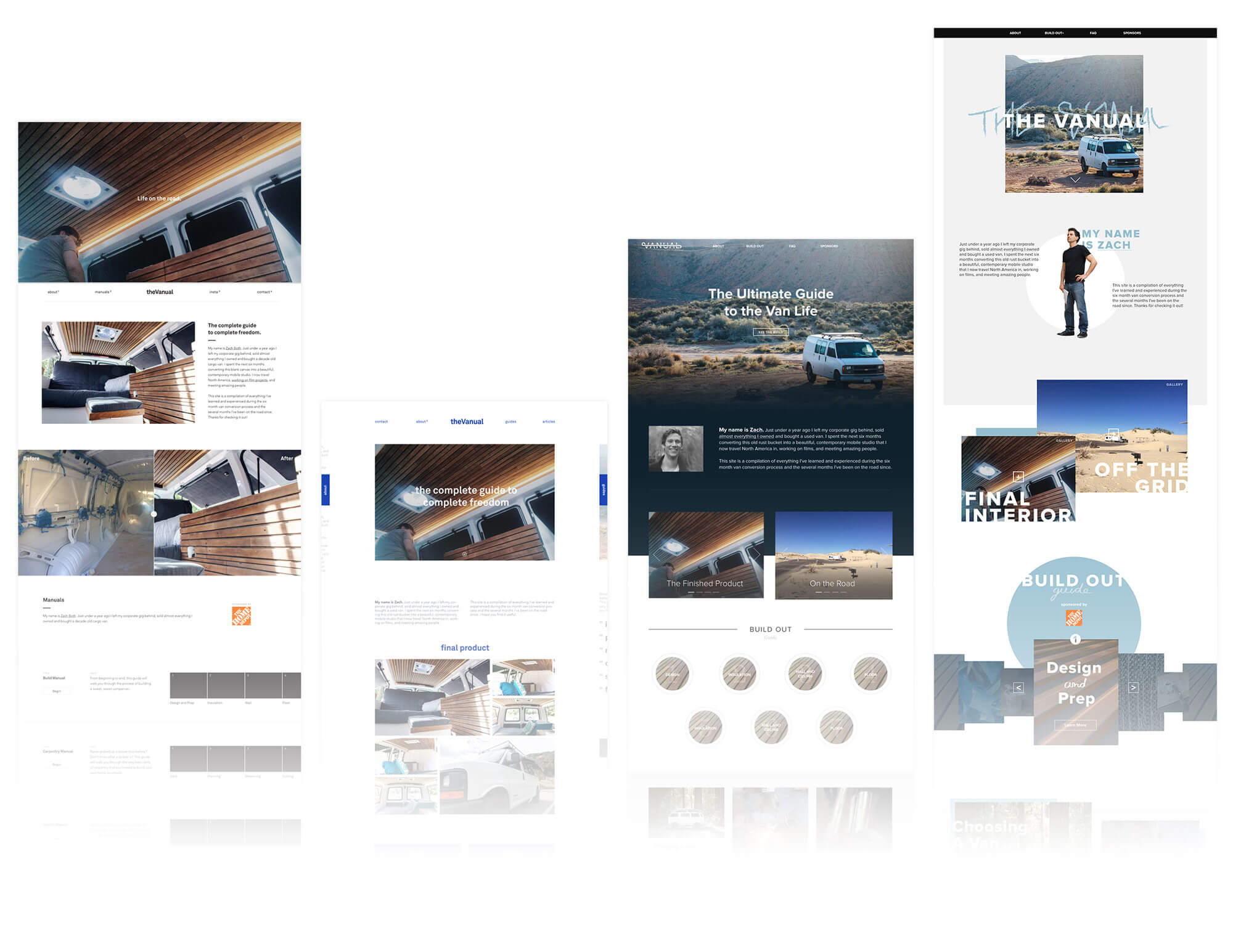
The thing that would make the site unique was a clean, but norm-breaking organization pattern that took more inspiration from books than other blogs. Posts weren't thrown into a disorganized infinite scroll feed. Everything was given a defined chapter and a split screen layout offered instruction alongside additional context.
When the site was ready to launch, I designed a detailed marketing and press strategy to get as many eyes on the project as possible. I developed relationships with journalists from many different outlets, tailoring my pitch to each. A robust press kit was made to allow easy use of photos and basic details. I didn't know if any of this would work, but it seemed like a worthwhile experiment.
View Press Kit

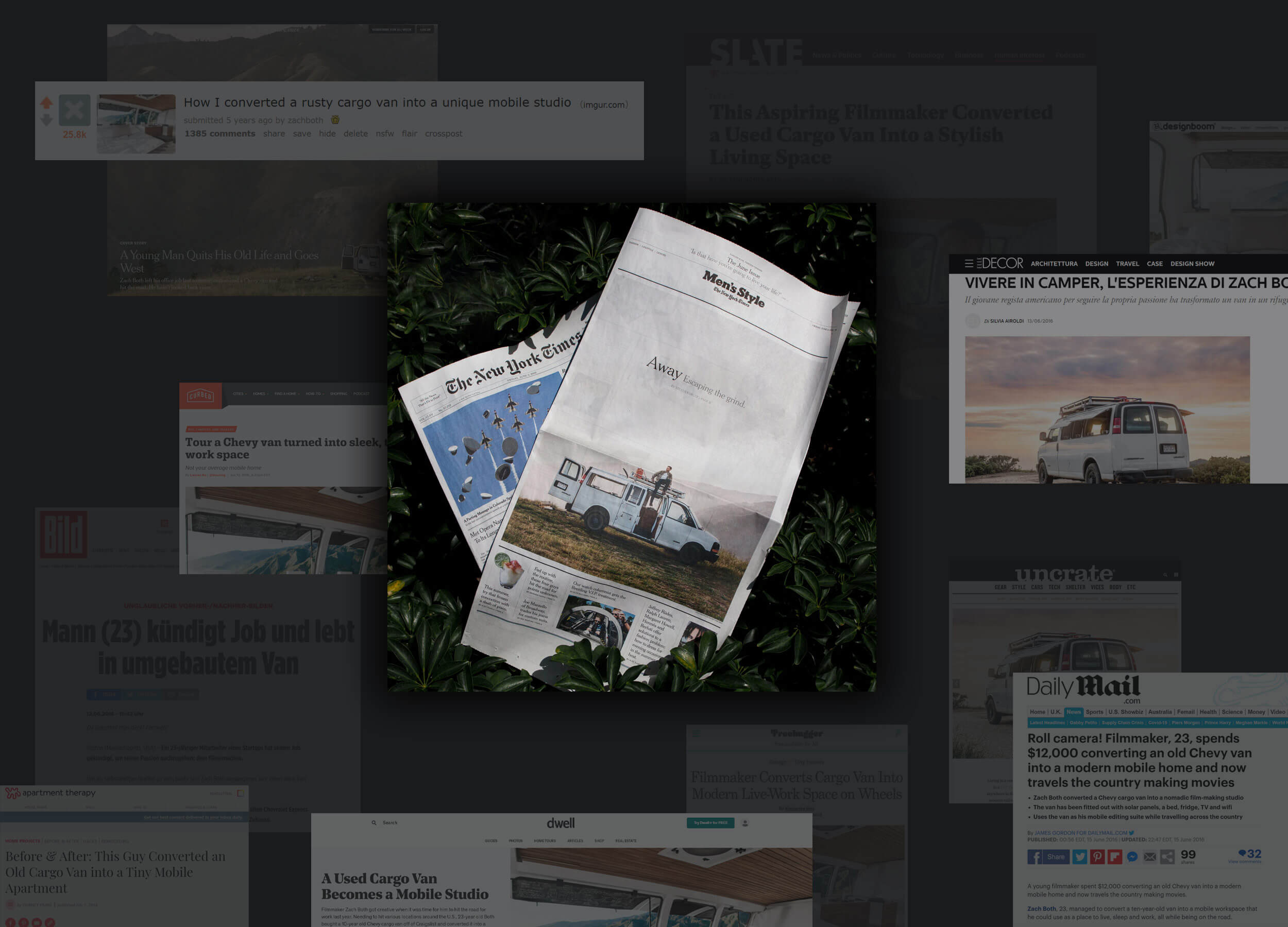
The result? An estimated $1.85 million worth of media coverage from over 20+ major news outlets including a multi-page spread in the New York Times Sunday edition. The van and website were featured in multiple books, magazines and the front page of reddit.
The original goal of this project was to create something that could act as inspiration to a community of people interested in pursuing their own adventure. Years later, there's no better feeling than seeing builds from around the world that were directly influenced by The Vanual.
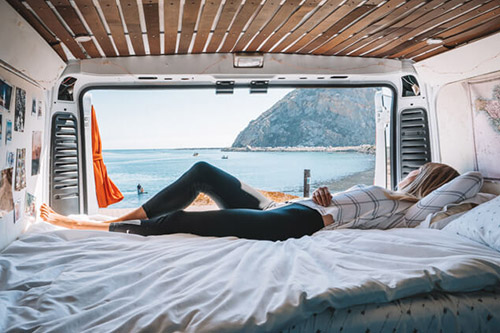
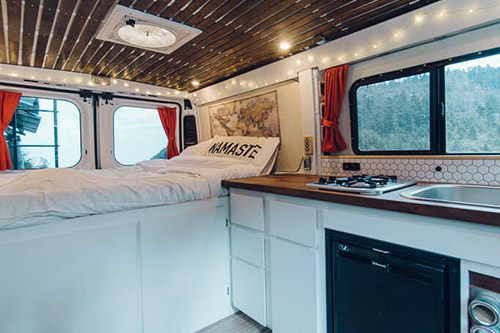
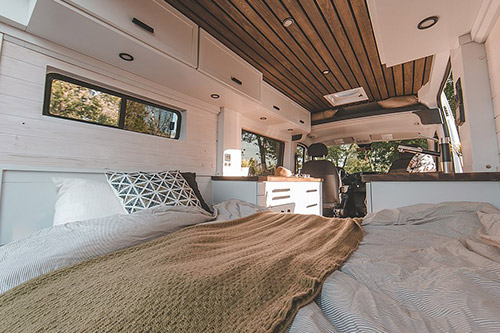
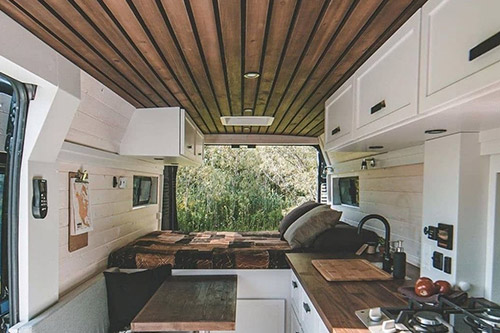
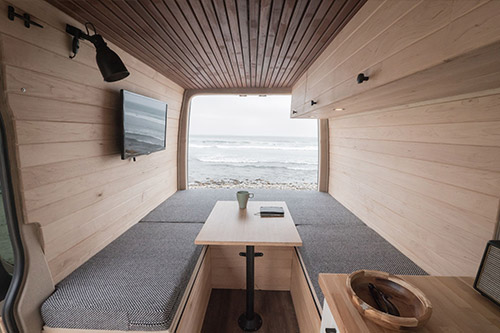
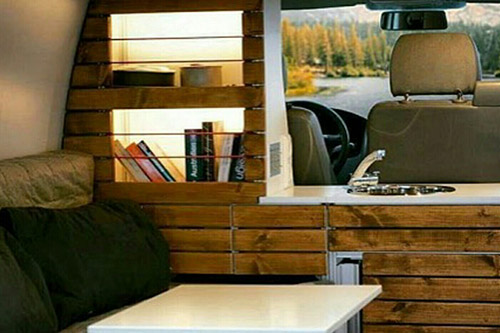
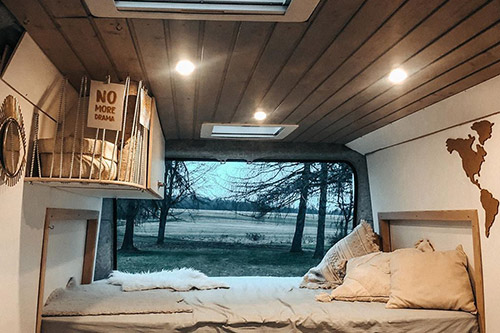
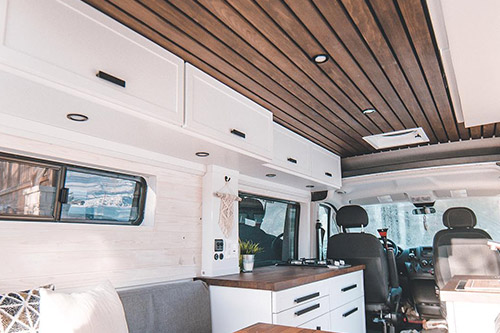
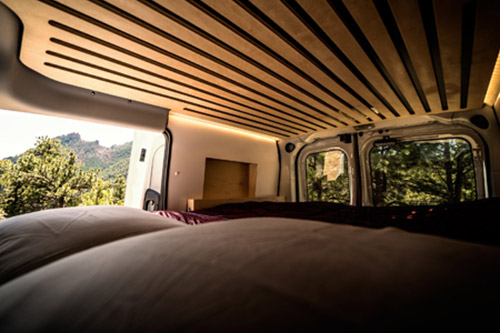
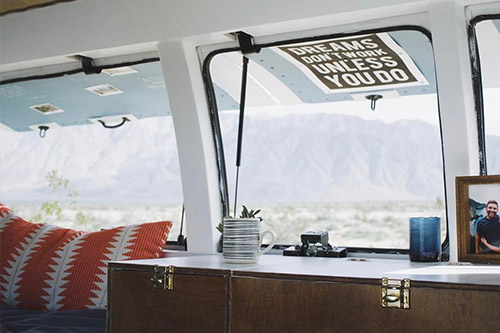
I currently do not monetize these projects as an ongoing stream of revenue. However, the build and documentation process takes significant resources and time. I've partnered with a number of multi-national brands in the past as a means of covering these costs through relevant, unobtrusive advertising. With the Whimwell branding, I'm able to legitimize this process and attract additional support.












Is Whimwell a company? A budding education brand? Or a shelter to house my personal projects? I don't have that answer. Regardless, I will continue to explore my interests and share my experience with others.
